The deadline for your essay is in a day, fast approaching. Your Google Doc is entirely empty. Procrastination has gotten the better of you. As you make your coffee, preparing yourself for the long night ahead of you, an idea springs in your head. You could have your whole essay written for you, have a great night of sleep, while handing in your piece of work, right on time. The temptation is growing. But, will your teacher be able to tell that Artificial Intelligence (AI) is not truly you?
Enter, ChatGPT.
ChatGPT, an Artificial Intelligence chat module, has notoriously been spotlighted in the media recently for its eerily uncanny resemblance to human speech and writing mannerisms. Impacting the field of education significantly, educators across the globe are grappling to overcome the threat to academic integrity which the ChatBot poses. The software works by utilizing algorithms to analyze prompts which are inputted in the chat, and then generates responses based on data it has been trained on. Information is gathered from search engines, and then delivered back in a “Chat-like” manner. Considering the threat to which this new technology poses for academic integrity at our school, we led a small investigation to discover the extent to which teachers at ISB could tell the difference between a piece of student and AI written work.
Two paragraphs were shown to participants, both written under the prompt: “Write an Introduction Paragraph About Buddhist Doctrine.” One of them generated by AI, one of them written by a 9th grade student. Following the investigation, only 1 in 4 teachers was able to correctly identify the student piece from the AI piece, while 3 of 4 incorrectly differentiated the two. ISB counselor Frank Sambula, the only participant who correctly identified the student-written passage, characterized the AI paragraph as “rather generic” and that it only “skimmed the surface,” whereas the other was more “in-depth in terms of content.” On the other hand, a faculty member who got the answer wrong said, “Our students here at ISB are not going to write something like this [referring to the detail in the student paragraph].” Another participant who incorrectly identified the student writing said the passage “has some fancy language [but] it just summarizes what a google search would say, which lacks evaluation.” Furthermore, “This passage shows greater evaluation [referring to the AI].” The contradiction between teachers’ perception on what is AI and what is student writing illustrates the lack of clarity present on the indicators of AI. This exemplifies the challenge ahead of the educational field to combat the usage of AI for academically dishonest reasons.
Derek Slater, an expert in content and copyright regulation, mentions how repetitive and unnatural language can give away AI-written work. Furthermore, a lack of “context-specific knowledge” or simply “skimming the surface” are hallmarks of robot-written work.
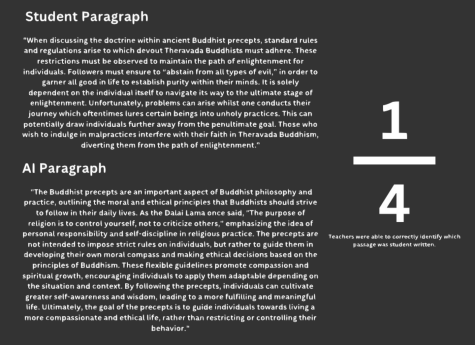
“The AI and Student paragraph shown to teachers side by side.” By Jeremy Stuit
Prior to uncovering which paragraph was which, participants were asked about the grade that each paragraph would receive. The overall consensus was that a maximum grade of five out of seven could be achieved using AI, trickling down to a probable four. Participants mentioned that the lack of “writer’s voice” in the writing of AI made paragraphs rather bland, lacking flavor. But there were inherent flaws in the experiment, including the inability for teachers to judge writing based on the identity of the student. A prominent way for teachers to identify artificial intelligence is through learning the individual writing styles of their students. This experiment did not account for that factor.
Although we can all agree that artificial intelligence has complicated the field of education, we can also agree that it is here to stay. The International Baccalaureate has made clear that AI software will not be banned, but rather embraced in the curriculum. The negative stigma that exists around AI is not entirely justified, considering the array of benefits it brings to students. The ability for the software to help students find sources and create citations are viable uses for the technology. Just like the introduction of graphing calculators in 1921 and the internet in 1983, AI will soon develop to be a quotidian part of our lives.
So, no. Do not write your entire paper using AI, but using it to help generate ideas can be an alternative.
And by the way, here is this entire article if it was written by AI. Could you tell the difference?
Written Entirely by AI:
As the deadline for your essay approaches, you find yourself with an empty Google Doc and a growing sense of panic. But then an idea strikes you: why not use Artificial Intelligence (AI) to write your essay for you? After all, AI chat modules like ChatGPT have been making headlines for their ability to mimic human speech and writing styles, and it could save you a long night of work.
However, before you give in to temptation, it’s important to consider the impact that AI could have on academic integrity. Educators worldwide are grappling with the threat posed by AI to academic honesty. ChatGPT works by analyzing prompts and generating responses based on data it has been trained on, gathered from search engines.
But how well can teachers distinguish between student-written work and AI-generated content? To investigate this, a small experiment was conducted at the International School of Bangkok. Two paragraphs were presented to participants, one written by a 9th grade student and the other generated by AI under the prompt “Write an Introduction Paragraph About Buddhist Doctrine.” The results showed that only 1 out of 4 teachers could correctly identify the student-written piece, while 3 out of 4 incorrectly attributed it to AI.
Experts in content and copyright regulation note that repetitive and unnatural language, as well as a lack of contextual knowledge, can give away AI-written work. Participants in the experiment also noted the lack of a writer’s voice and a blandness to the AI-generated content. However, the experiment did not account for teachers’ ability to judge writing based on individual student writing styles.
While AI has certainly complicated the field of education, it is also here to stay. The International Baccalaureate has embraced AI in its curriculum, recognizing its potential benefits for students. For example, AI can help students find sources and create citations, making research much easier. Just like the introduction of graphing calculators and the internet, AI will soon become a commonplace tool in our lives.
That being said, it’s important to remember that AI should not replace the process of writing altogether. Using it to generate ideas can be a helpful alternative, but relying solely on AI to write your essay can compromise academic integrity and undermine the value of the educational experience.
Image: “ChatGPT, the new AI chat Module” By Unsplash Creative Commons (Taken by Choong Deng Xiang)

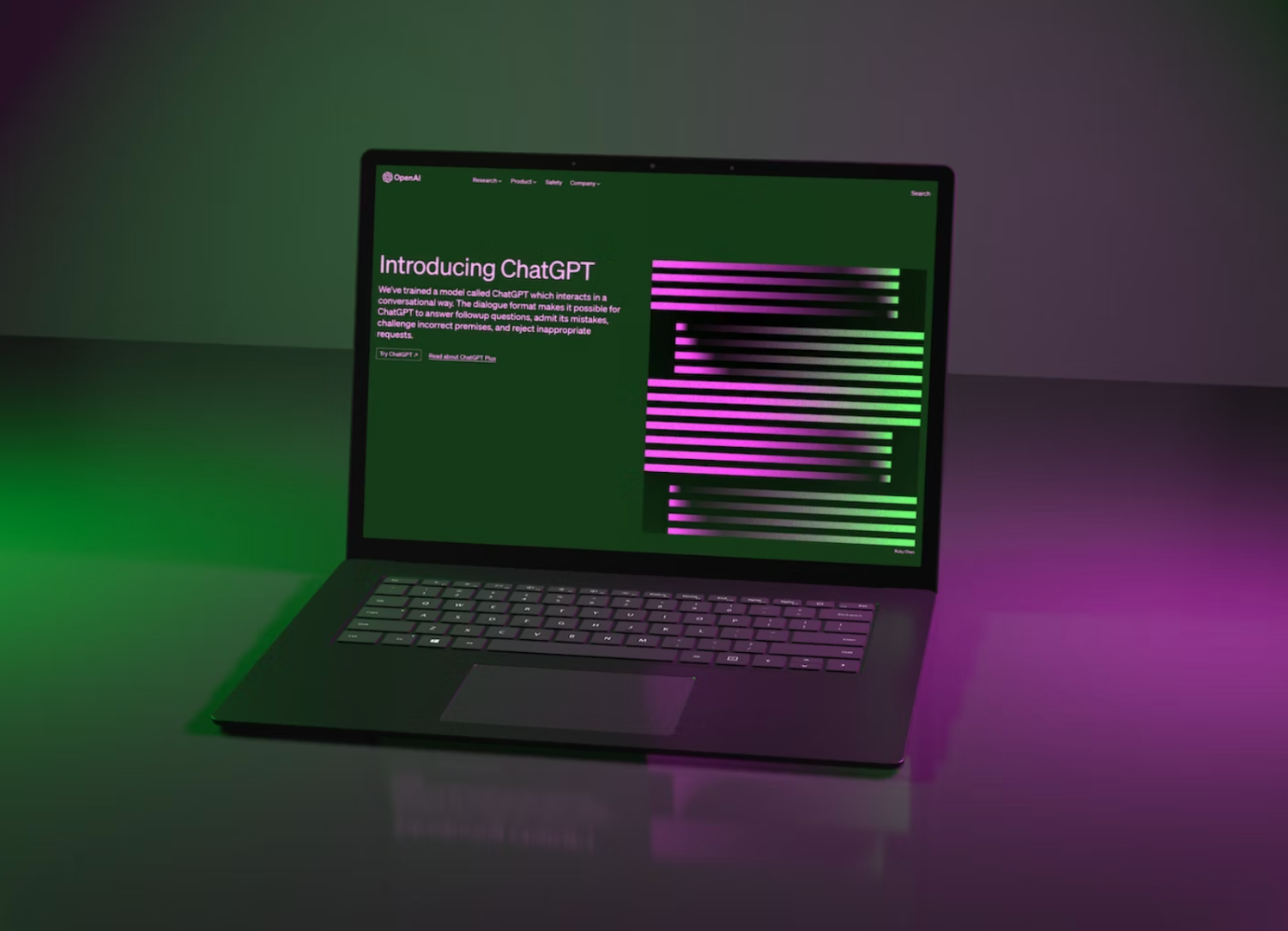




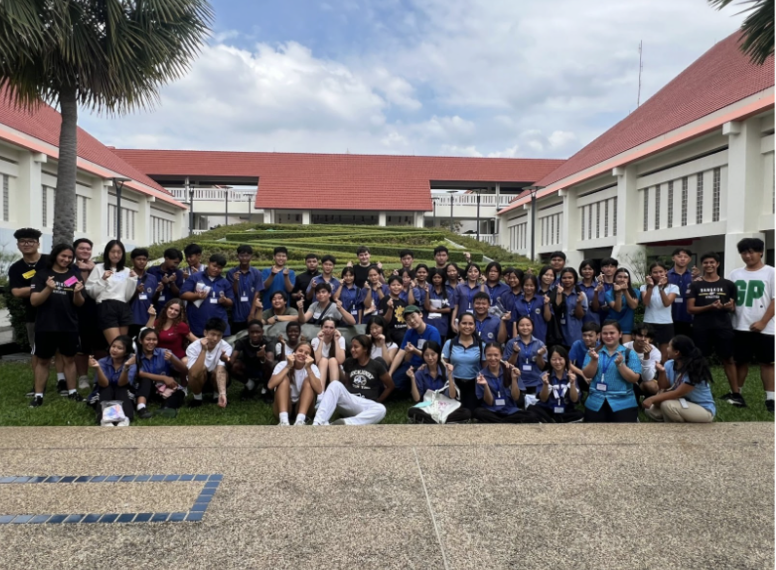

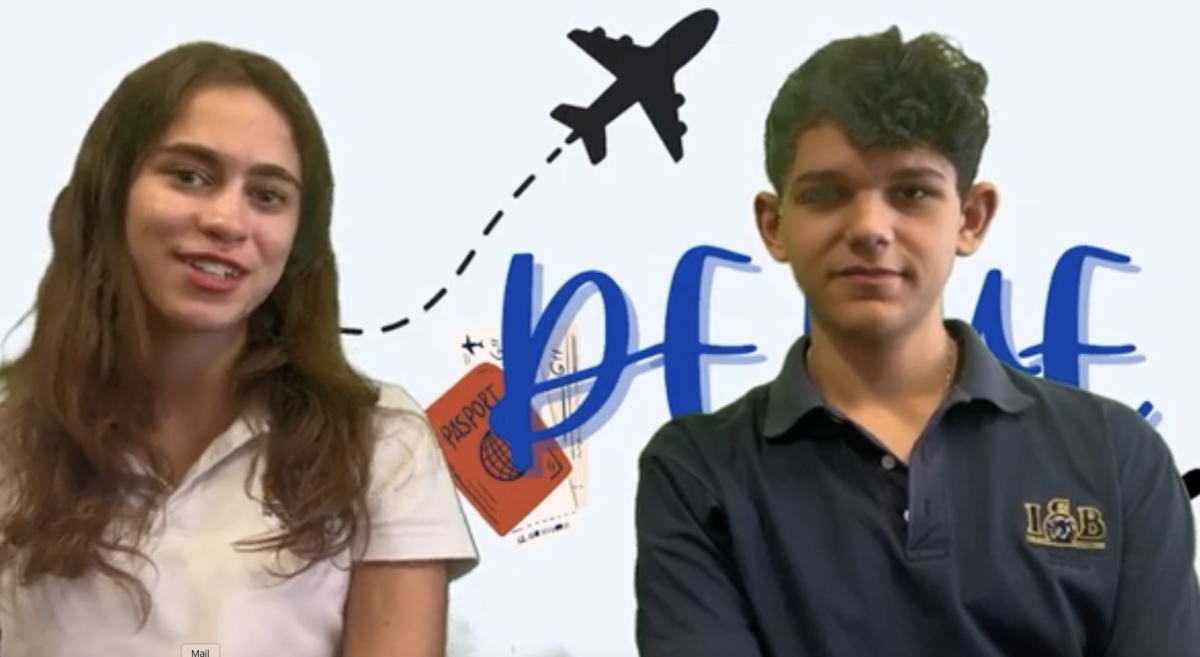

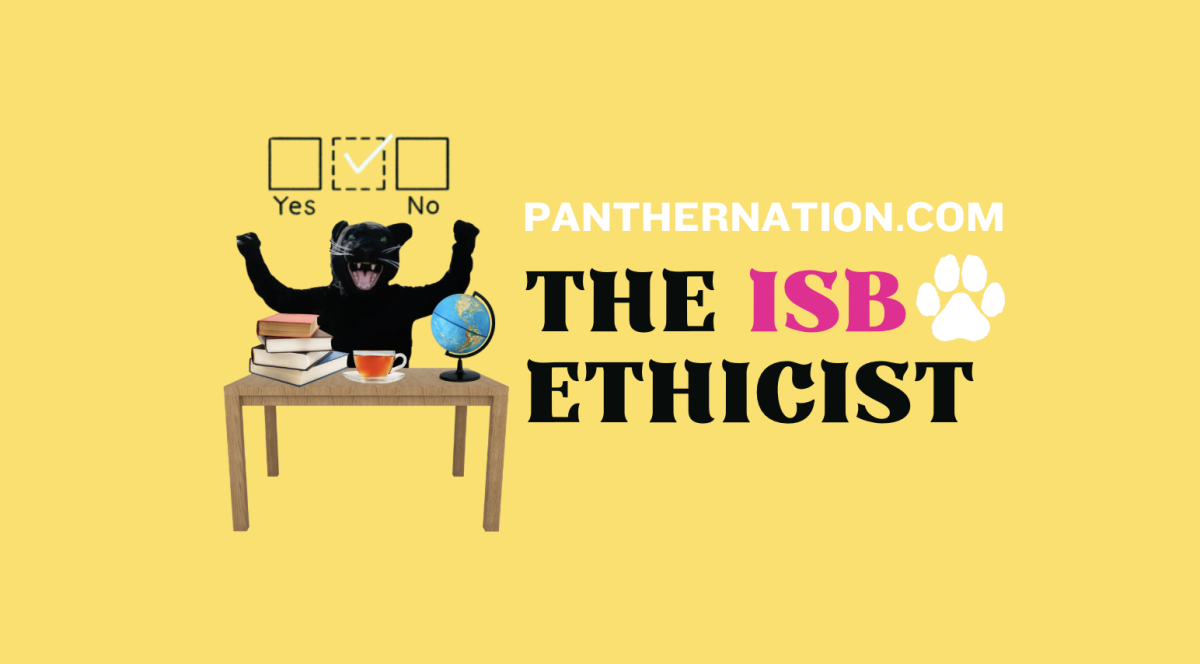
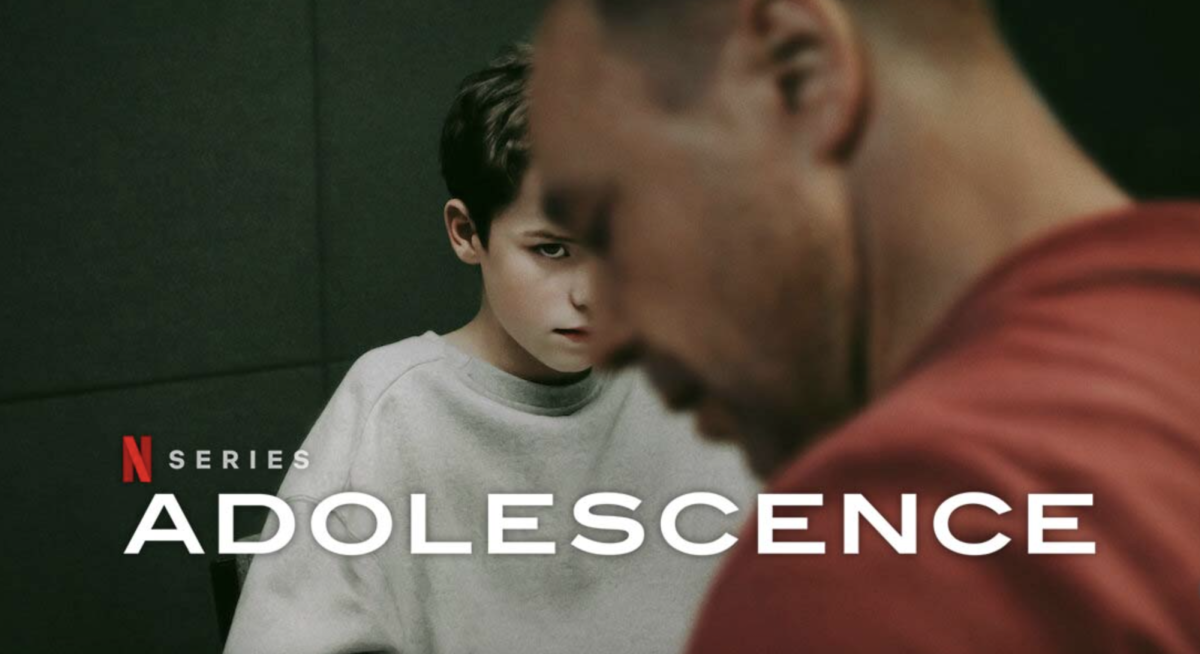

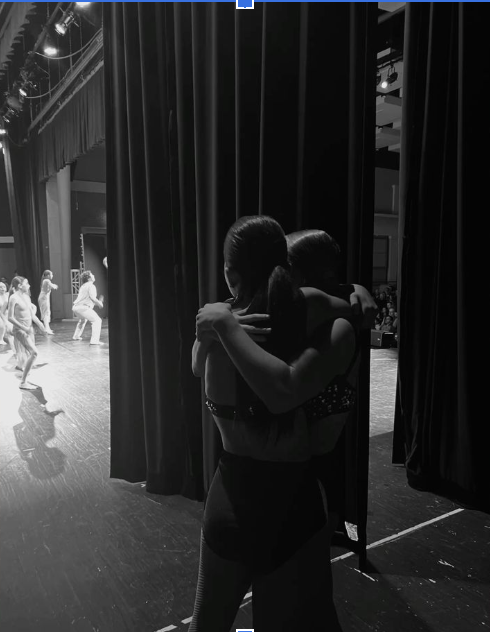
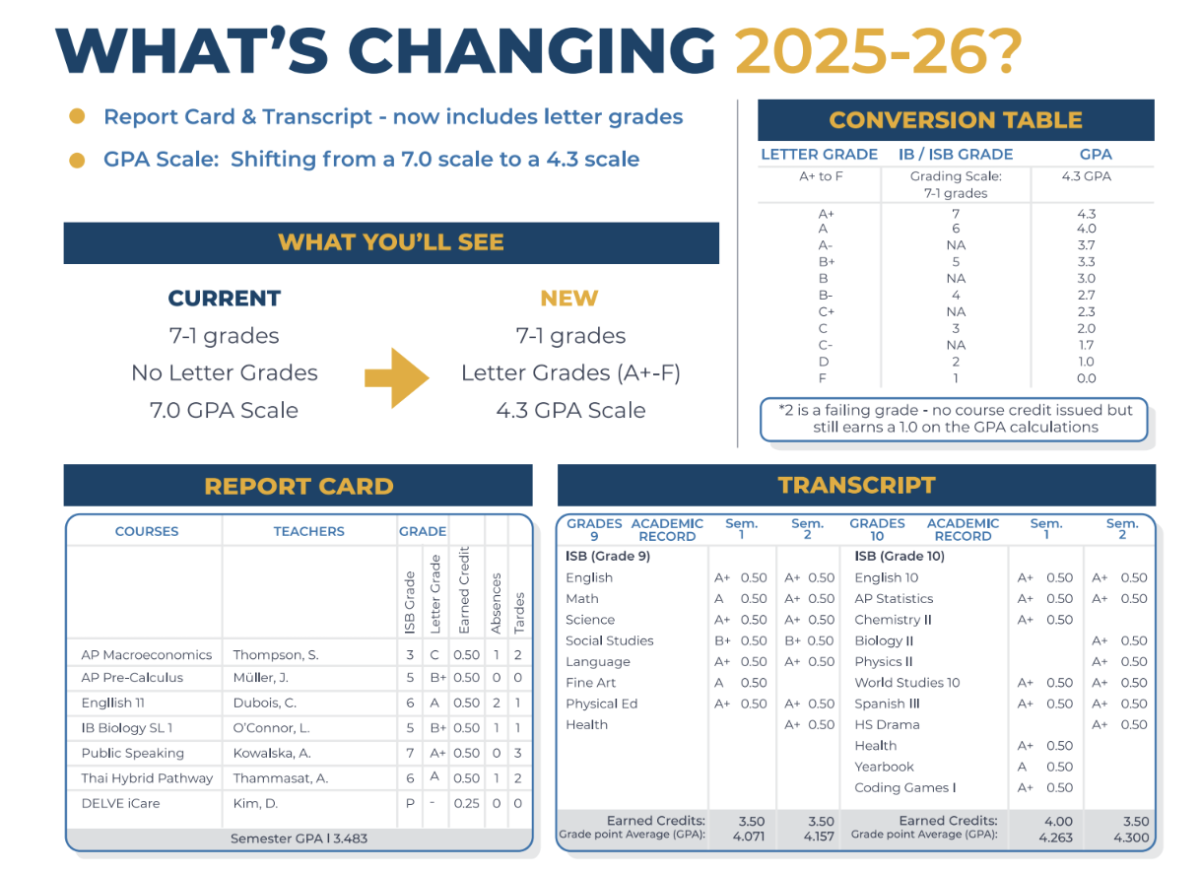

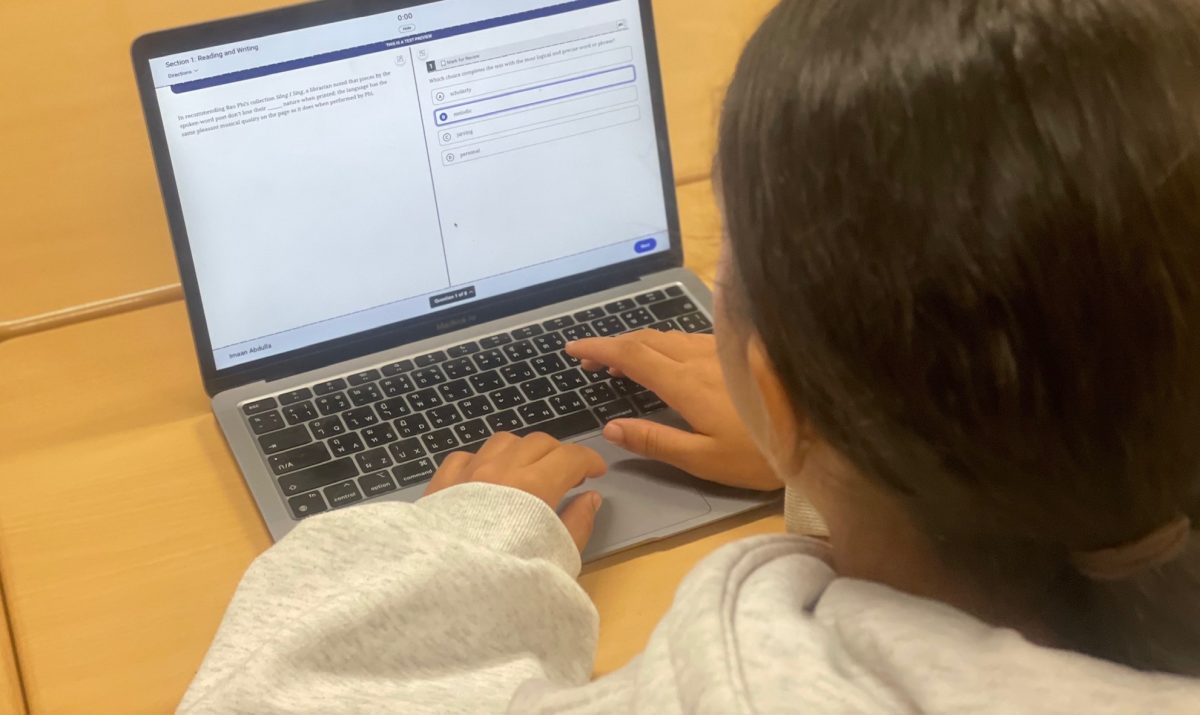
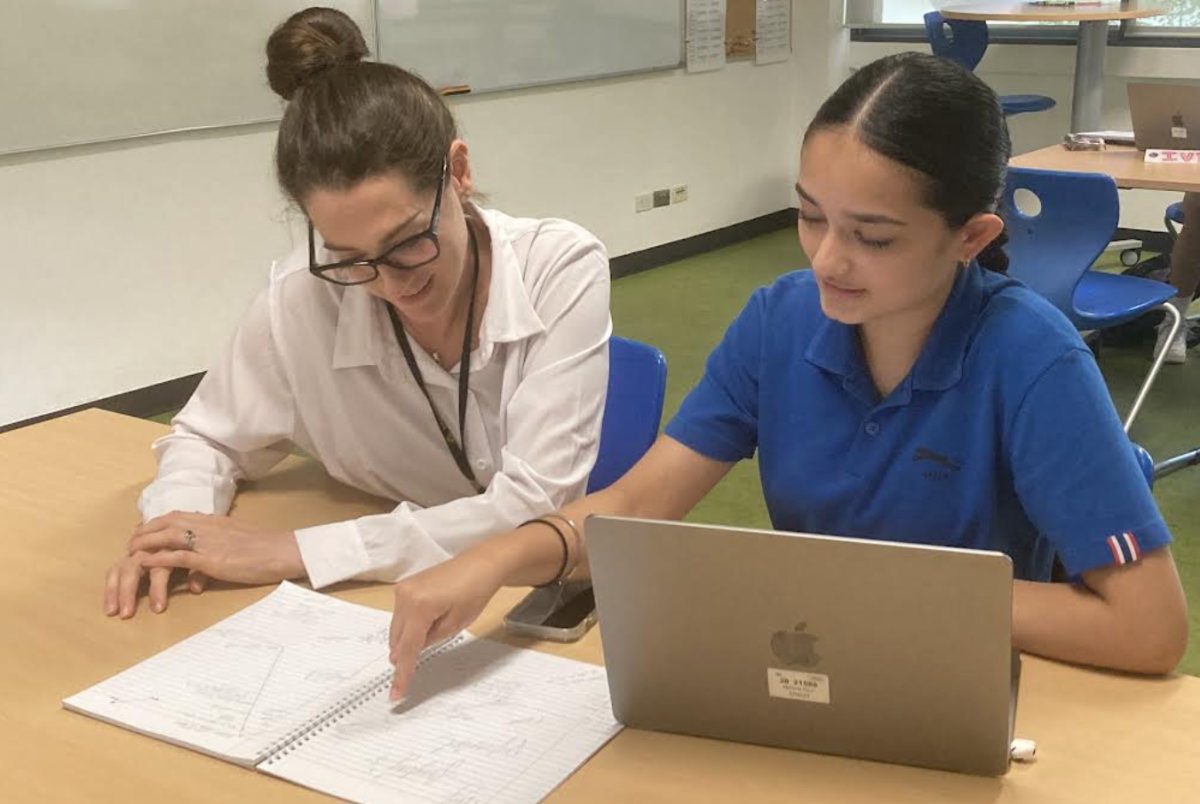
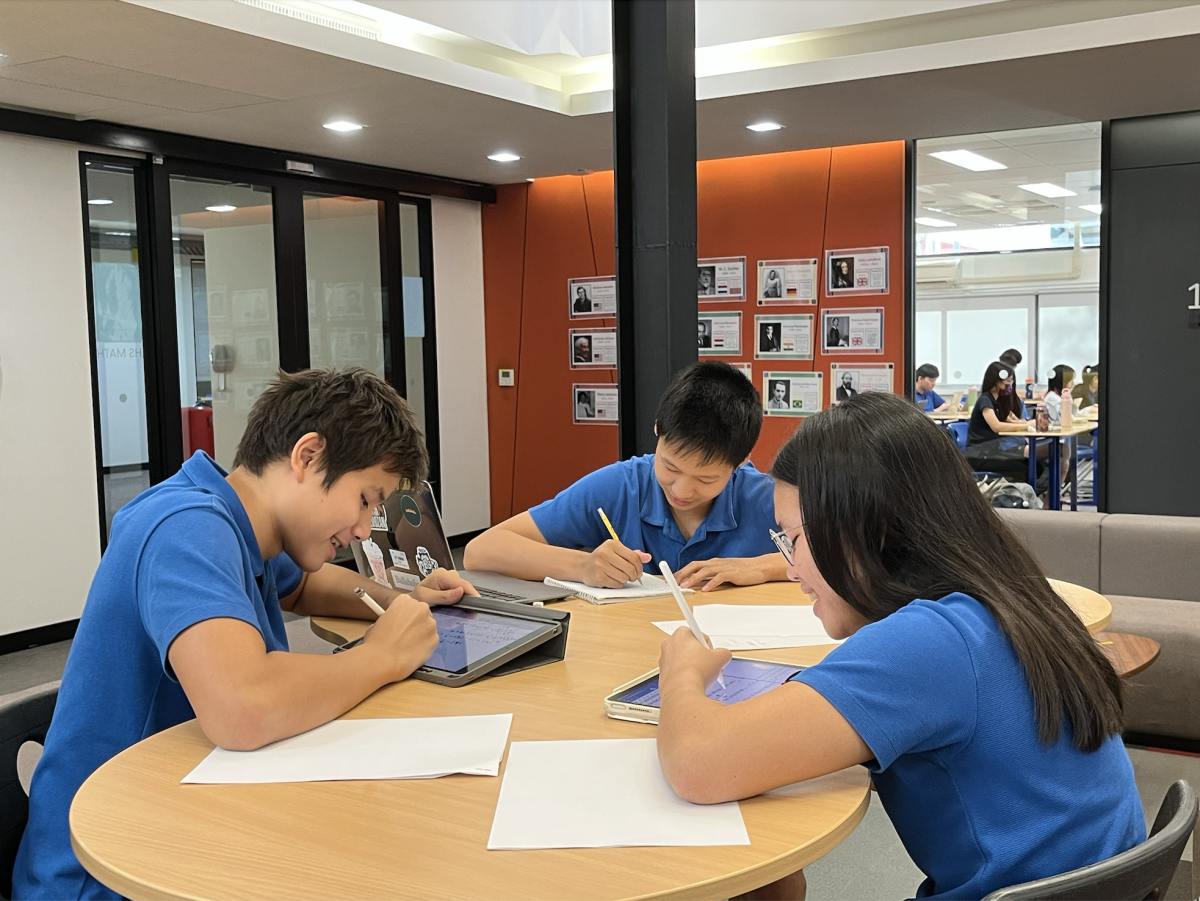
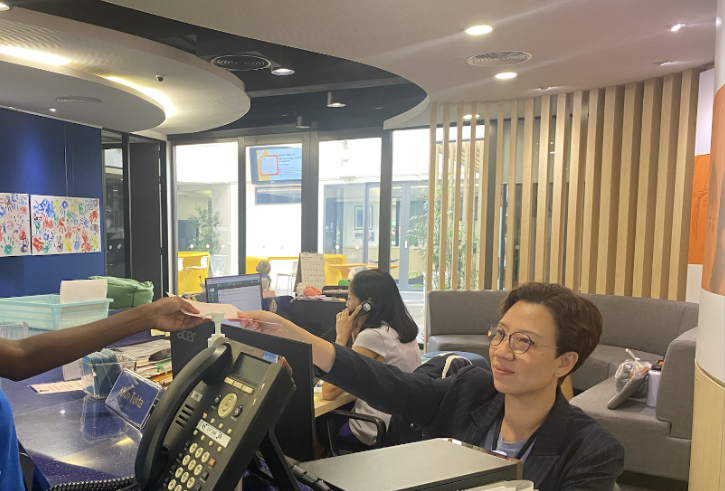
Mr B • Feb 16, 2024 at 8:23 pm
After reading countless 9th grade research papers I began to notice the same consistent pattern with students who got assistance with Chat GPT. The writing is very generic with no capture of student voice, and constant repeating of the same information. Like the article pointed out I not opposed to AI as a tool and want my students to use it effectively. Being such a new tool I think it is going to take time for both teachers and students to use effectively.